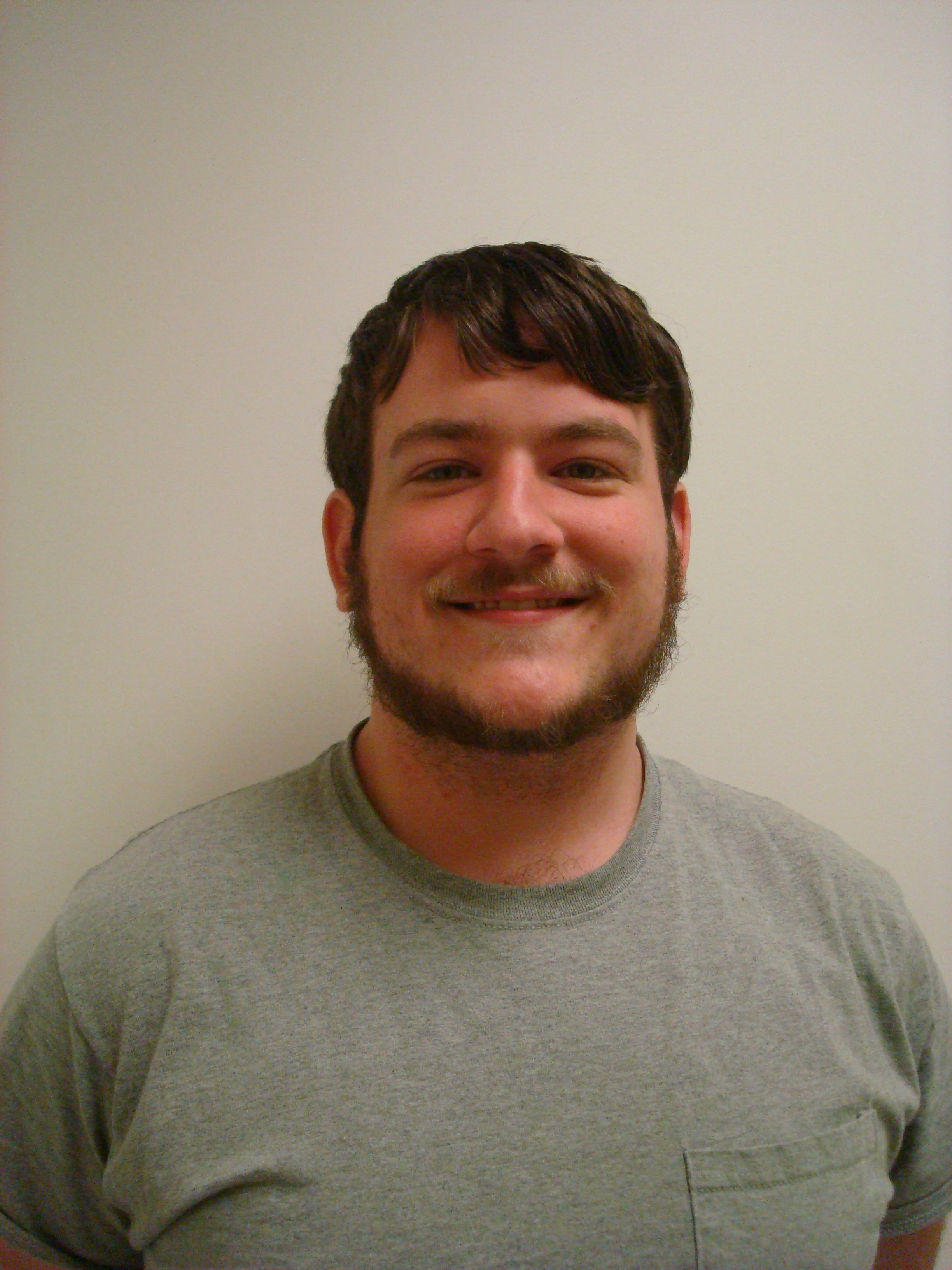Below is a summary of the abstract you submitted. Presenting author(s) is shown in bold.
If any changes need to be made, you can modify the abstract or change the authors.
You can also download a .docx version of this abstract.
If there are any problems, please email Dan at dar78@pitt.edu and he'll take care of them!
This abstract was last modified on April 21, 2015 at 9:19 p.m..

Since 2011, the UMW Phage Hunters classes have been isolating phages that infect the host Bacillus thuringiensis subsp. Kurstaki (BtK). We chose this particular host as it is used as a simulant for Bacillus anthracis by the Naval Surface Warfare Center in Dahlgren, VA (with whom we have a partnership) and BtK has been widely used as a bioinsecticide for the control of Gypsy moths, making discovery of novel phages very likely along the East Coast. Further, there are relatively few Bacillus phage genomes published in GenBank, making Bacillus phages a fertile area for student study. This year, UMW students chose whether to incubate their BtK and phages at room temperature (approximately 23<sup>o</sup>C) or at 30<sup>o</sup>C in hopes of isolating some podoviridae. However, all phages isolated were myoviridae, as demonstrated by electron microscopy. UMW students also tested their phages against ten Bacillus species to determine host range. One phage, which infected almost all the hosts we examined, was chosen for sequencing. Bacteriophage Channel Fever was isolated from direct plating of soil collected from White Stone, VA. Channel Fever produced mostly lytic plaques, approximately 1.7 – 3 mm in diameter, after incubation for 48 h at room temperature. The capsids of Channel Fever, as examined by transmission electron microscopy, had heads of approximately 96.5 nm in height and 84.2 nm in width, and contractile tails approximately 222 nm long. On autoannotation, Channel Fever was found to contain approximately 297 features in a genome of 164,974 bp, with a 2808 direct repeat containing 4 genes repeated at each end. There were 7 singleton genes on autoannotation. The closest match to this phage in GenBank is BigBertha, isolated at UMW and annotated by Texas A&M, followed by UMBC's Troll. According to Phamerator, Channel Fever is also a good match to UMBC’s Anthos, and UMW’s phages Adelynn and Phabio. As found with other Bacillus phages, there is a large gap in the genome, but Channel Fever does not code for any tRNA within that gap. While analyzing the Channel Fever genome, students also designed primers to test their specific phage by PCR. We chose two genes that are found in Troll and have functions – a capsid gene and the tape measure gene. Several of the phages matched one or the other, but not both, while the rest either matched both genes or neither gene. We are hoping to develop a method for testing our phages prior to sequencing so we can determine the diversity of Bacillus phages.


